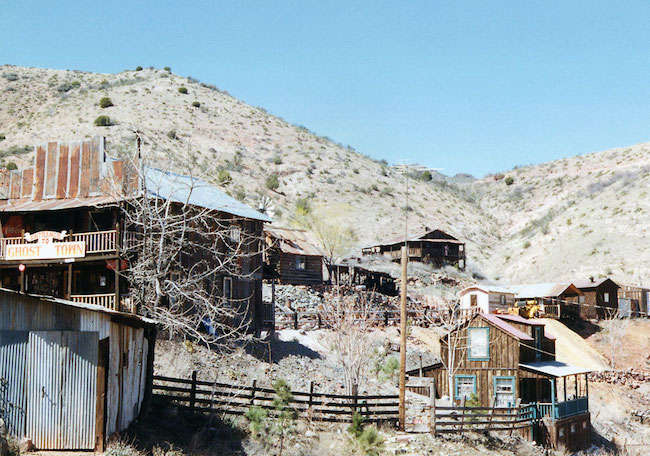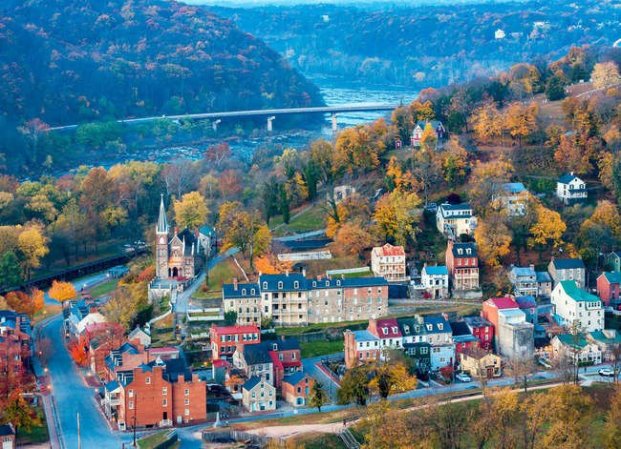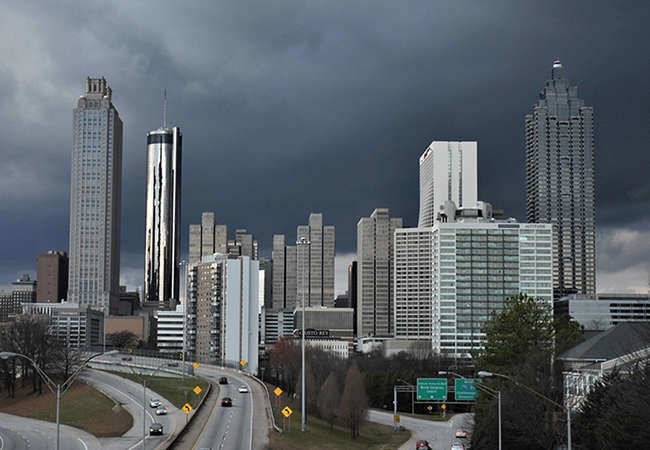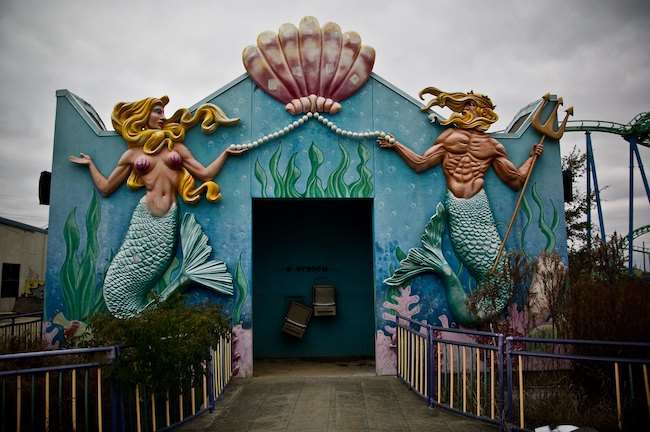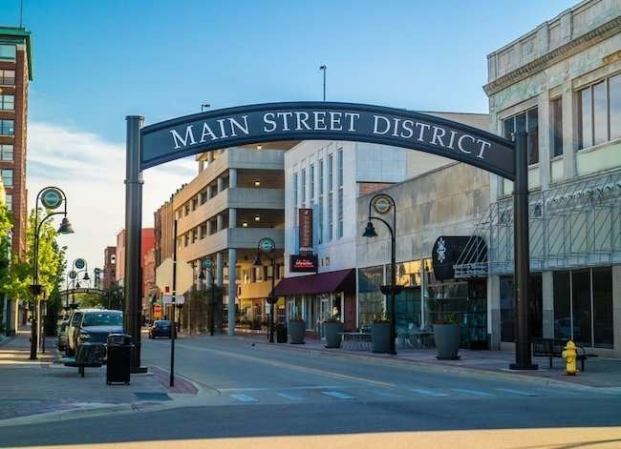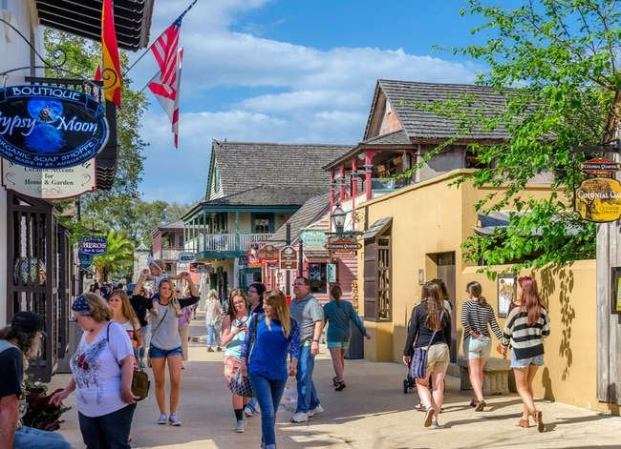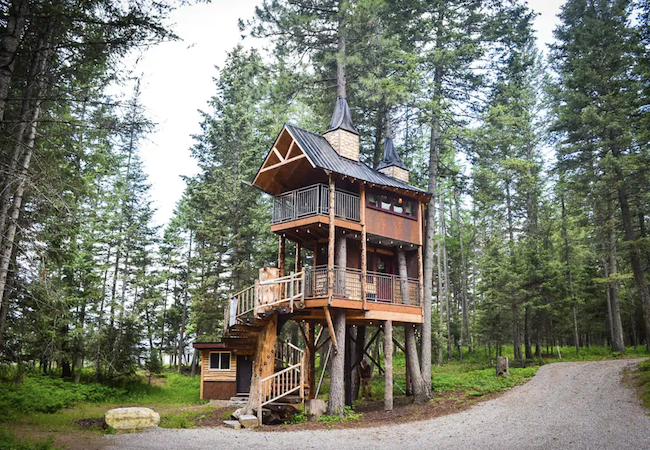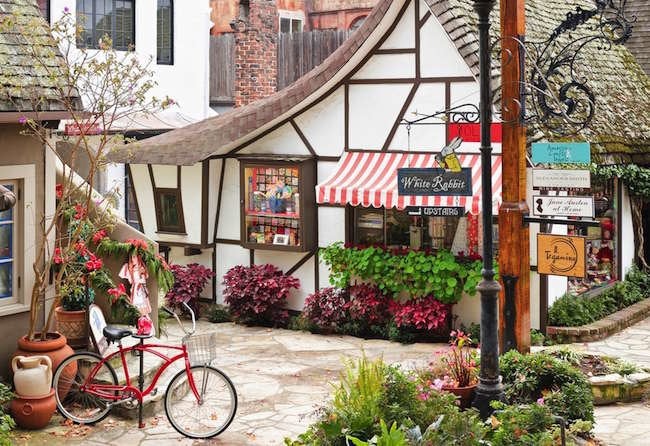We may earn revenue from the products available on this page and participate in affiliate programs. Learn More ›
From Bustling to Bust
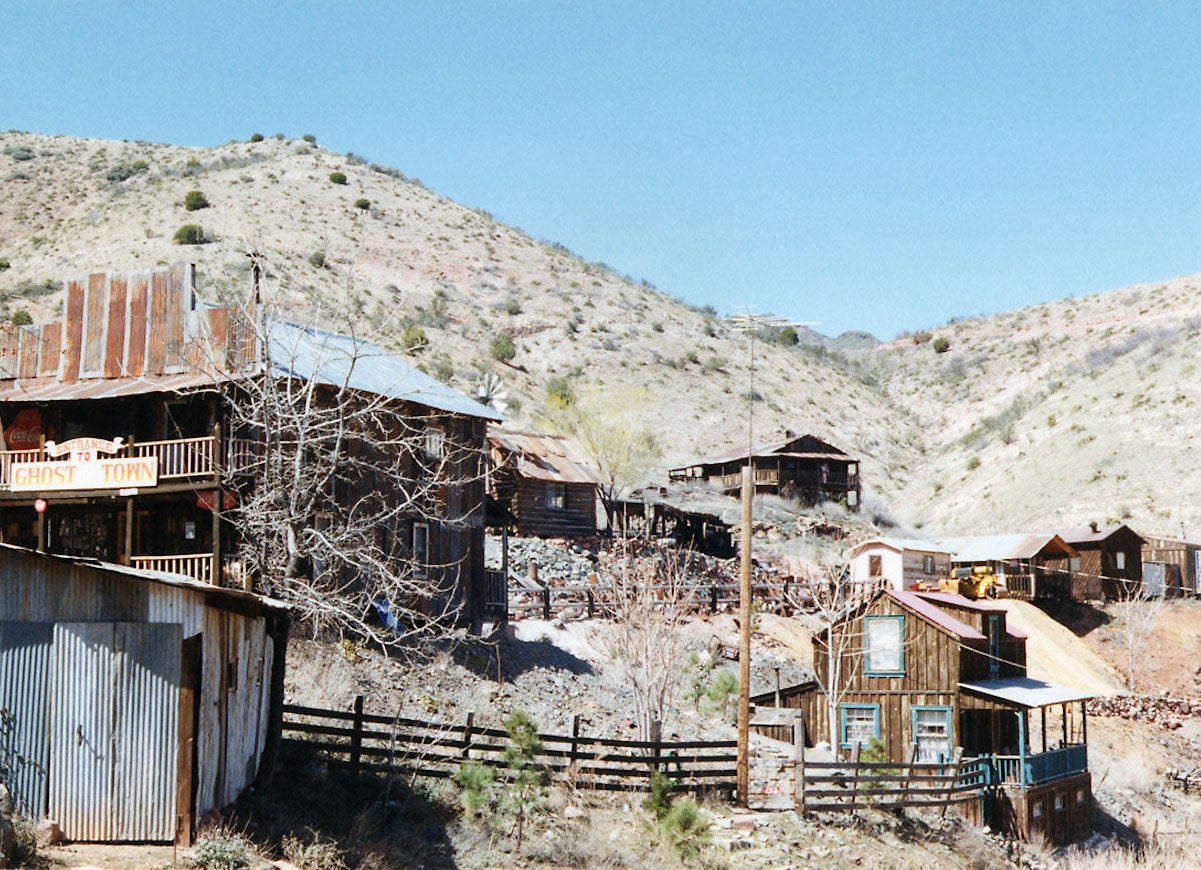
Wikimedia Commons via Andrew Dunn
A community that realizes a sudden growth spurt is commonly called a boom town. Typically, these areas build up around the discovery of a valuable resource, such as coal, gold, oil, or lumber, but a rapid surge in economy and population can be attributed to other factors, including a temperate climate or proximity to an existing metropolis. When a boom town starts to tumble, however, it can soon become a ghost town of deserted streets, vacant buildings, and a small handful of residents—if any remain at all. Get clicking to visit some of some of this country’s real estate riches-to-rags stories, but take heart: These lonely locales may turn around again someday!
Contention City, Arizona
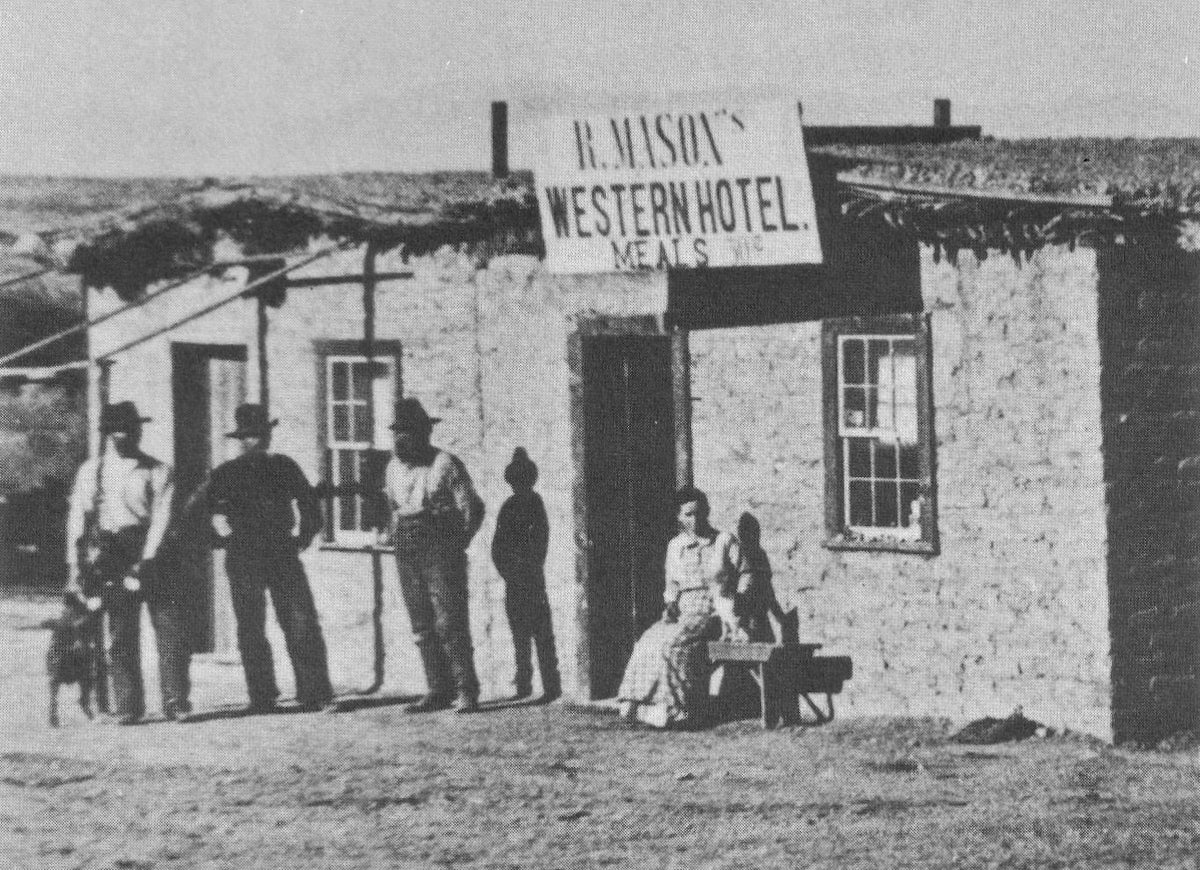
Most folks have heard of Tombstone, the historic mining town famous for the 30-second shootout known as the Gunfight at the O.K. Corral—after all, Tombstone still enjoys a tidy tourism business based on the event. But just 10 miles away are the remnants of the once-bustling, boisterous, Contention City, which had its own saloon, hotel, blacksmith, butcher shop, a handful of general stores, and a railroad depot. The city even had its own notorious shootout between lawmen and bad guys: In 1887, it was John Slaughter and Jeff Milton versus the Jack Taylor Gang, an event that left two dead outlaws. Three years later, the entire city took a dirt nap of its own, never to recover—the current population is a big fat zero.
Related: 15 Abandoned Places That You Can See Only in Pictures
Desdemona, Texas
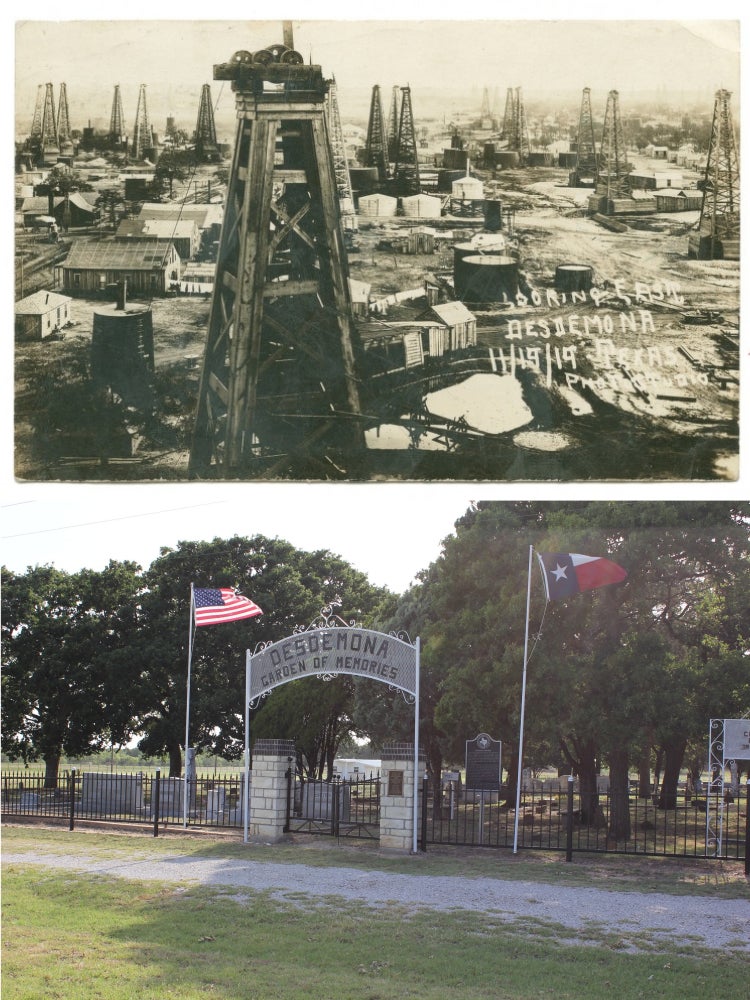
Wikimedia Commons via SMU Central University Libraries / Flickr.com via texasbackroads
A sleepy town that subsisted largely on peanut farming, Desdemona had about 300 residents at the turn of the 20th century. Then, in 1918, oilman Tom Dees struck it rich in the area—and crowds arrived, hoping to make a killing in drilling. Tents sprang up to house some 16,000 speculators and workers, and by 1920, shares of Dees’ Hog Creek Oil Company were selling for a whopping $10,250 each. The gushers couldn’t keep it going, however, and by 1921 oil production fell from 7.4 million barrels to 2.5 million. Fifteen years later, Desdemona had officially bitten the dust.
Centralia, Pennsylvania
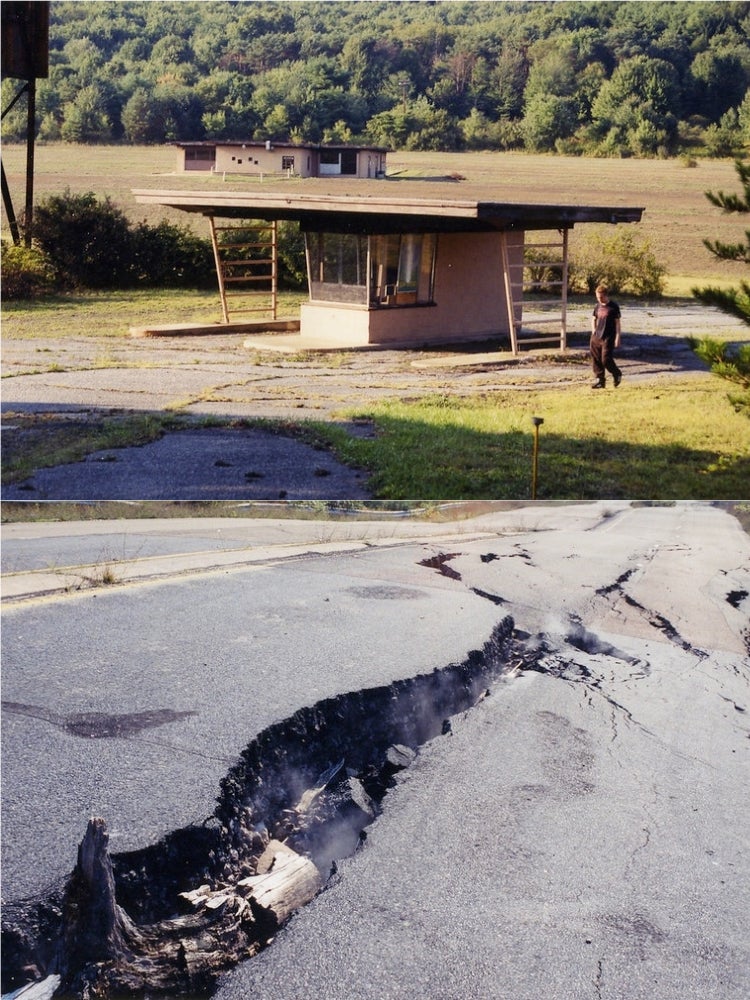
Flickr.com via properpictures
Some mining towns die when their resources dry up, but Centralia literally went down in flames. The area’s coal deposits began to be exploited in the mid-1800s, and by 1890, the thriving town had seven churches, five hotels, 27 saloons, two theaters, a bank, a post office,
and 14 general and grocery stores. Come the 1930s, anthracite coal production started to
decline in that part of Pennsylvania, though mines continued to operate. Then, in 1962, the
town intentionally set fire to an illegal dump, igniting an underground conflagration 300 feet
deep. The fire—which still burns beneath Centralia and is predicted to continue for
centuries—made roads and homes unsafe. By 2017, there were five die-hard residents left.
Related: 13 All-But-Forgotten Company Towns Around the Country
Bodie, California
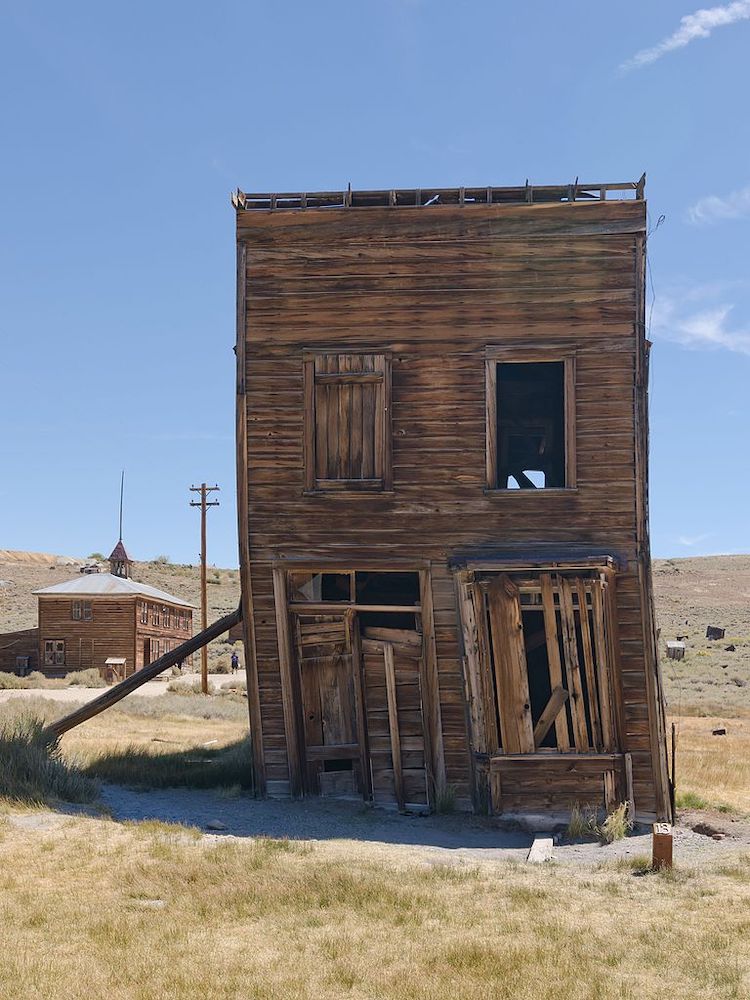
Wikimedia Commons via King of Hearts
There was gold in them thar hills 75 miles from southeast of Lake Tahoe, and in 1876, miners moved in to loot the lodes, establishing the town of Bodie. By 1882, the population had swelled to 10,000 and Bodie boasted a bank, a railroad, a jail, its own Chinatown, and 65 saloons. The mines had produced more than $35 million in gold and silver, but as the century turned, so did Bodie’s luck. When the last mine closed in 1942, the population was a puny 90; a decade later it was down to nothing. Today, there’s a state park on the site with some 200 abandoned wooden buildings in a state of "arrested decay" to photograph and explore.
Garnet, Montana
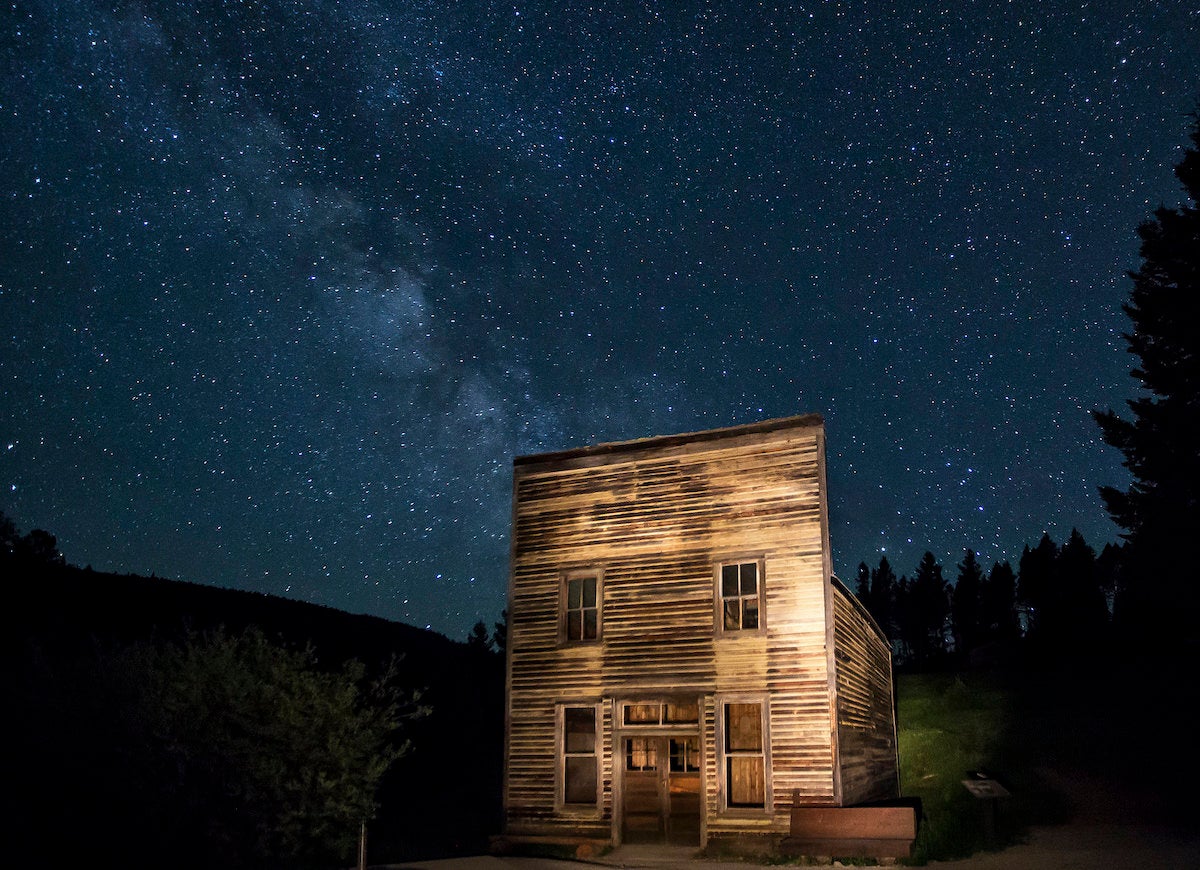
While Garnet got its name for the semi-precious red gem found in the area, it was the gold-bearing quartz also discovered there that had prospectors pouring into town in 1895. Soon, there were hotels, stores, a school, a doctor’s office, and two barbershops, as well as 13 saloons and a few brothels. One mine alone yielded about $300,000 worth of gold, but nothing good lasts forever, and by 1905, mines were abandoned and the population petered out—to nothing. Fortunately, some motivated Montanans are hoping to protect the structures through the Garnet Preservation Association—the area is no longer rich in gold but still rich in history.
Batsto Village, New Jersey
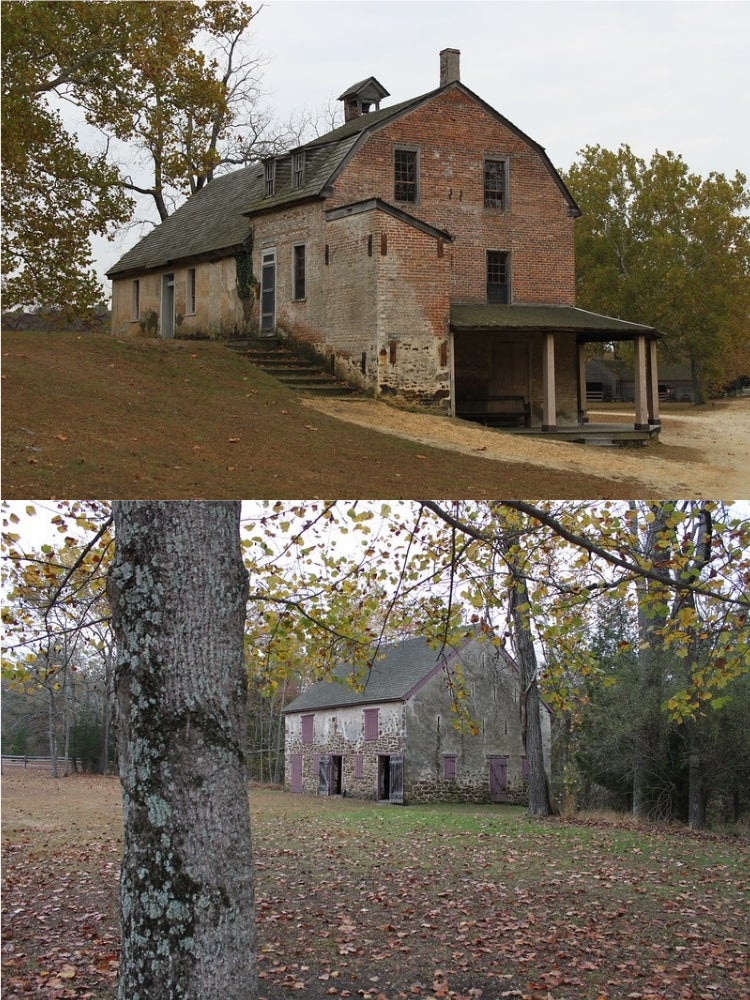
Founded in 1766, Batsto became a Colonial-era industrial center thanks to abundant water for mills, wood for charcoal, and bog iron—the raw material for cast iron. During the American Revolution, the Batsto Iron Works supplied the Continental Army, and after the war it became a profitable company town. But by the mid-1800s, the discovery of coal in nearby Pennsylvania hurt the iron industry, and the company’s attempt to reinvent itself as a glassworks failed to get off the ground. Batsto hobbled along for another century-plus, with the last remaining citizen departing in 1989. Today, Batsto boasts historic site status with 40 intact original buildings for visitors to explore.
Sims, North Dakota
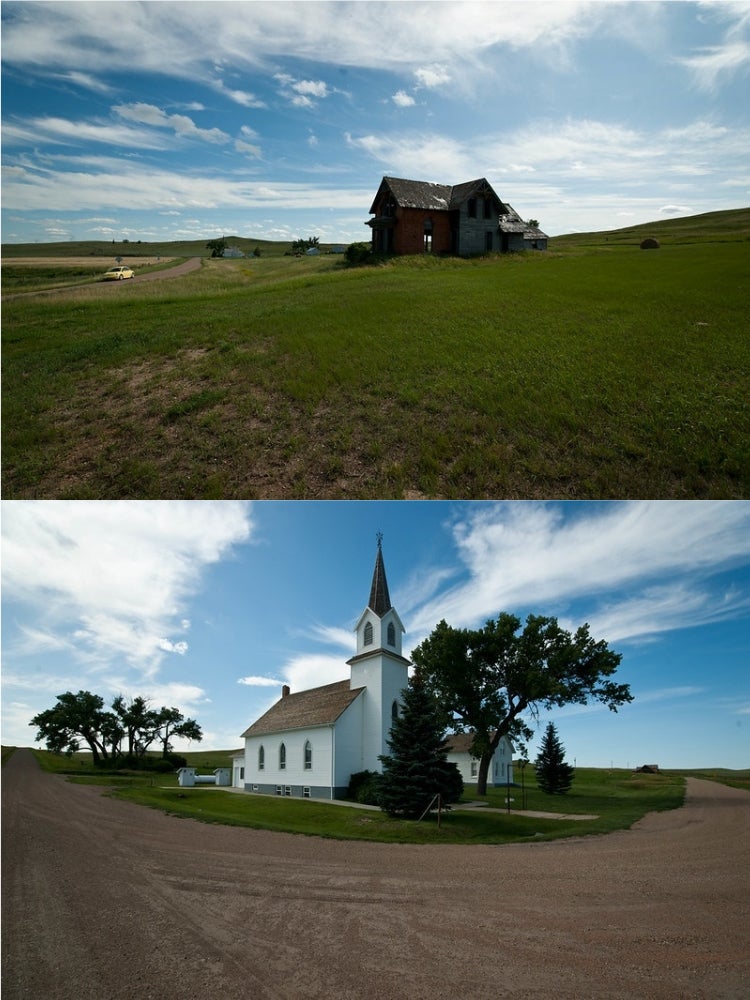
flickr.com via afiler
Several lucrative coal mines fostered the town of Sims, North Dakota, which was established in 1881 and had a population of more than 1,000 that year. Within three years, the vibrant community bustled with three general stores, two real estate offices, seven saloons, two churches, two boarding houses, a school, a drug store, a jewelry store, a hotel, a post office, a lumberyard, a brickworks, and a Northern Pacific railroad depot. But higher-quality coal was discovered elsewhere, and the population dropped by more than half by 1890. The worst kiss of death for Sims, however, came in 1928, when U.S. Highway 10 bypassed the struggling town. By 1948, only the caretaker of the Lutheran church remained—and ultimately he, too, moved away. The church still stands, however, and legend has it that the ghost of Bertha Dordal, a former pastor’s wife, can still be heard playing the organ inside.
Cerro Gordo, California
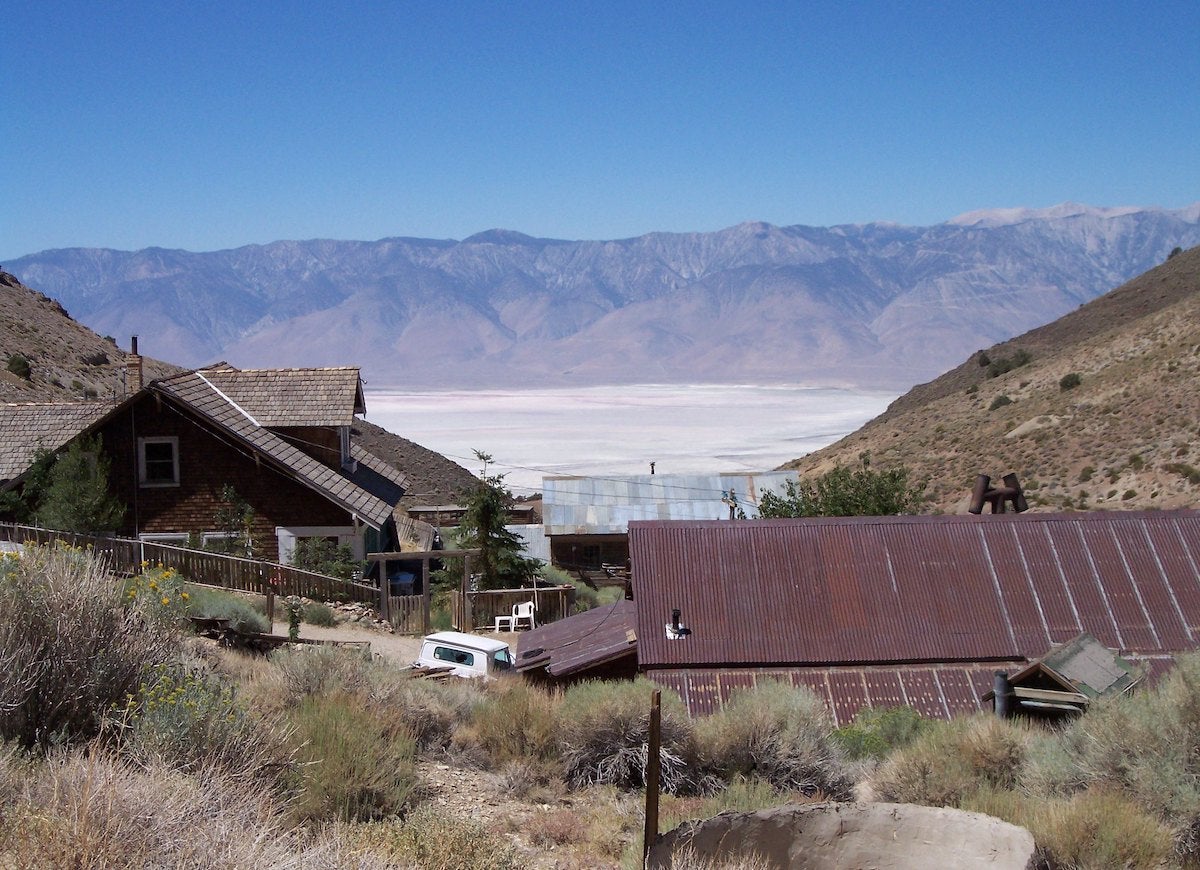
flickr.com via lofink
Money, mayhem, and murder could’ve been this mining mecca’s motto. Prospectors started hauling silver, zinc, and lead from the Inyo Mountains in 1865, and the town’s name—“fat hill” in Spanish—didn’t disappoint. Unfortunately, law meant little to the population, which hit about 6,000 at its peak, with a murder rate around one person per week. Violence was so rampant, folks slept with sandbags to catch stray bullets. By the mid 20th century, all mines had closed, ghost sightings were frequent, and 22 buildings remained intact on the site. Entrepreneurs bought the town for $1.4 million in 2018—and during the current pandemic, one of them was forced to quarantine himself in a haunted house due to a massive snowstorm. Though the ambitious investors apparently still plan to restore the town, as bad luck would have it, in June
of 2020 a suspected electrical fire destroyed Cerro Gordo’s historic Crapo House hotel.
Graysonia, Arkansas
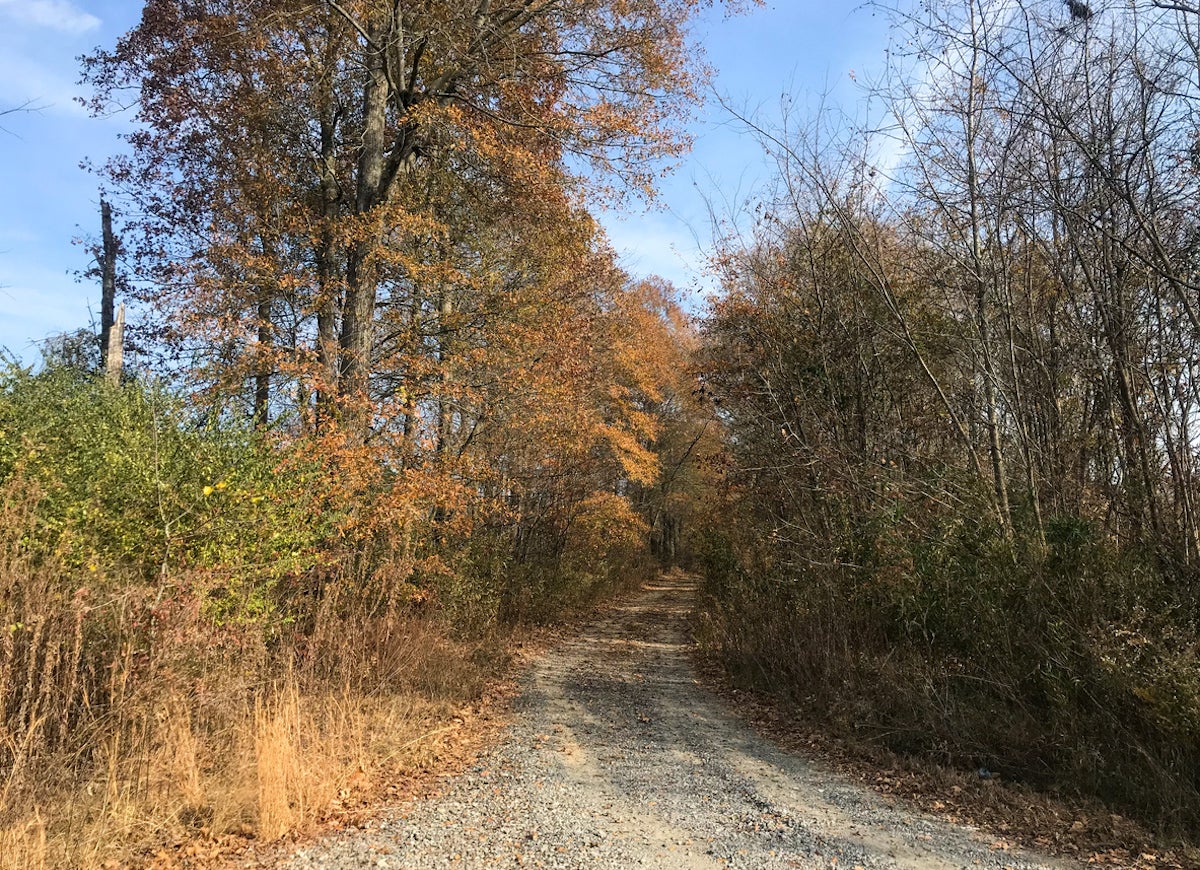
Timber! When Graysonia Arkansas fell, it fell big. The town was developed by the founder of the Arkadelphia Lumber Company in 1907, which quickly became the largest lumber mill in the south with 1,000 workers. Graysonia fostered several hundred houses, three hotels, restaurants, a movie theater, a school, and a church—it even had running water and electricity. But it couldn’t survive the Great Depression, with the final resident saying so long in 1951. These days, there are no residential communities in the vicinity and nothing on the site of the town but overgrowth at the end of a lonesome dirt road.
Rhyolite, Nevada
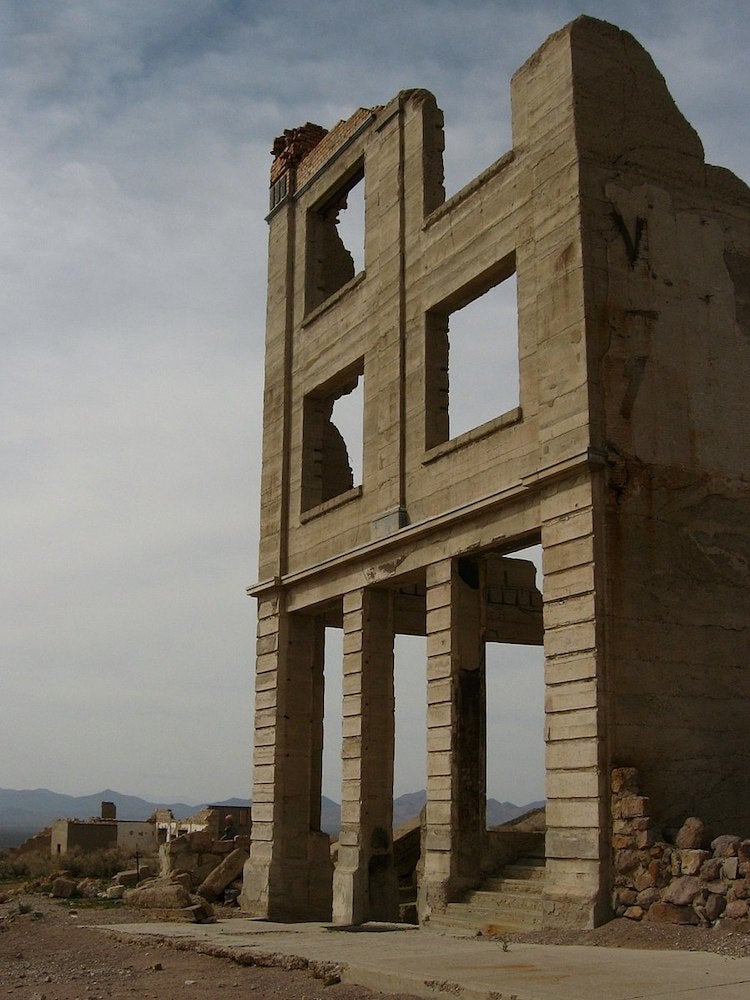
Wikimedia Commons via AlbertHerring
In 1905, long before the concept of casinos twinkled in anyone’s eye, get-rich-quicksters flocked to this town north of Las Vegas hoping to strike it rich mining for gold. Within two years, Rhyolite boasted electric lights, water mains, telephones, newspapers, a hospital, a school, an opera house, and a stock exchange. At its peak, the population hit about 5,000. An unfavorable report from its largest mine caused a panic, and by 1911 it had closed, causing townsfolk to seek their fortunes elsewhere. There was nary a soul living in Rhyolite by 1920, but tourists still drop in to see the ruined, skeletal structures—or maybe they just made a wrong turn on the way to Sin City!
